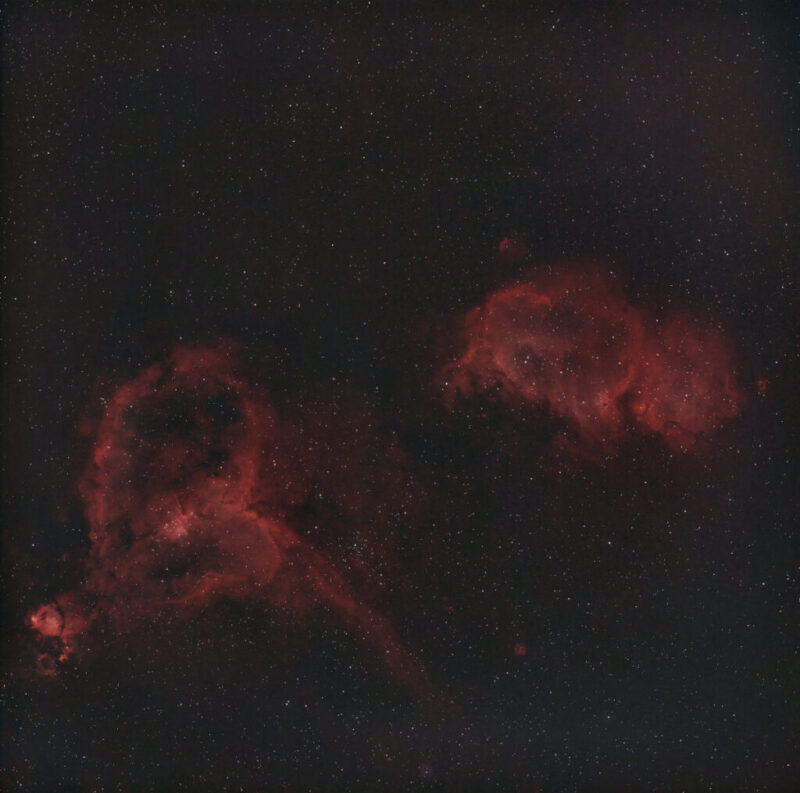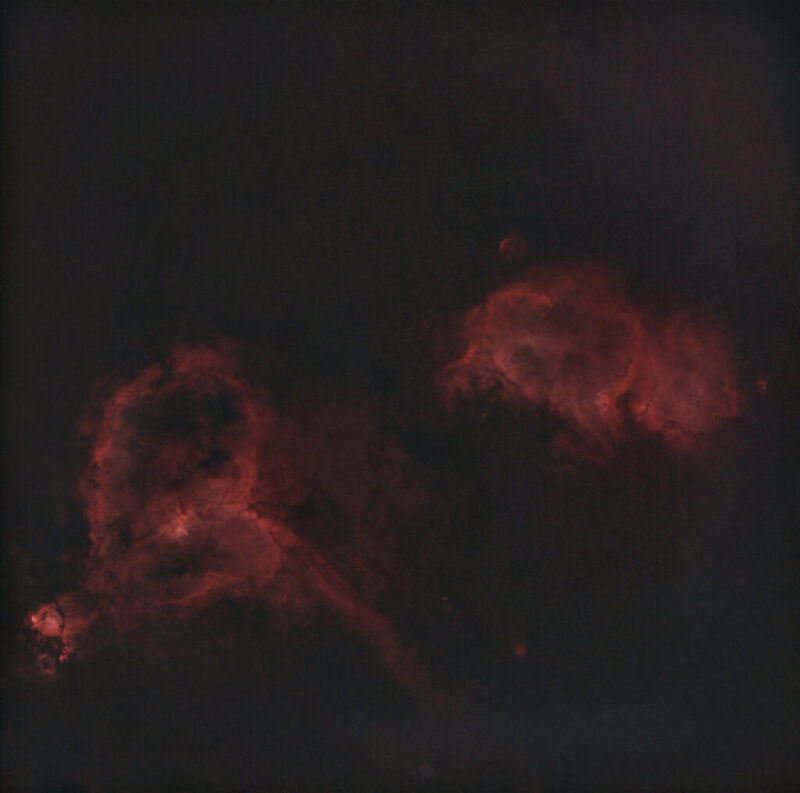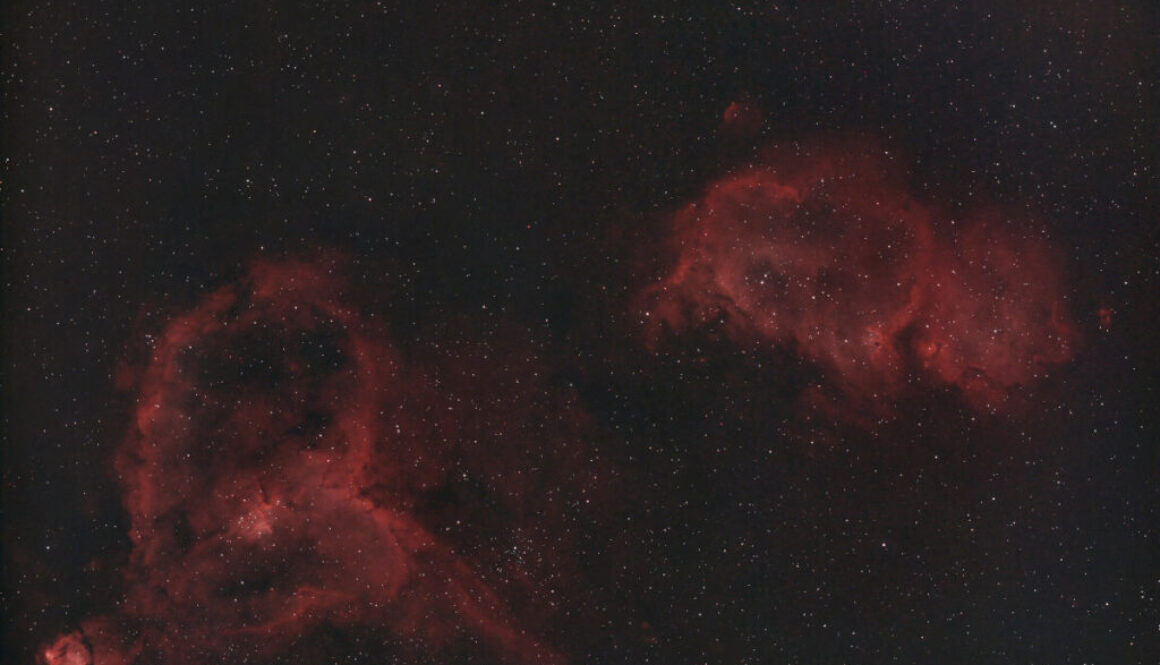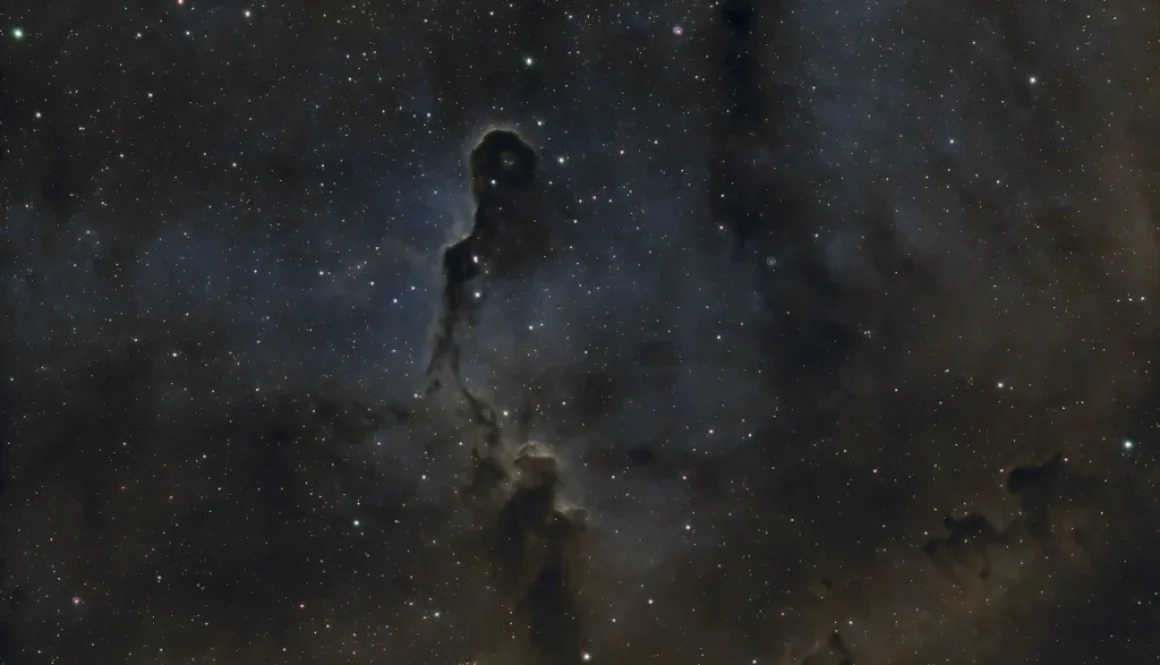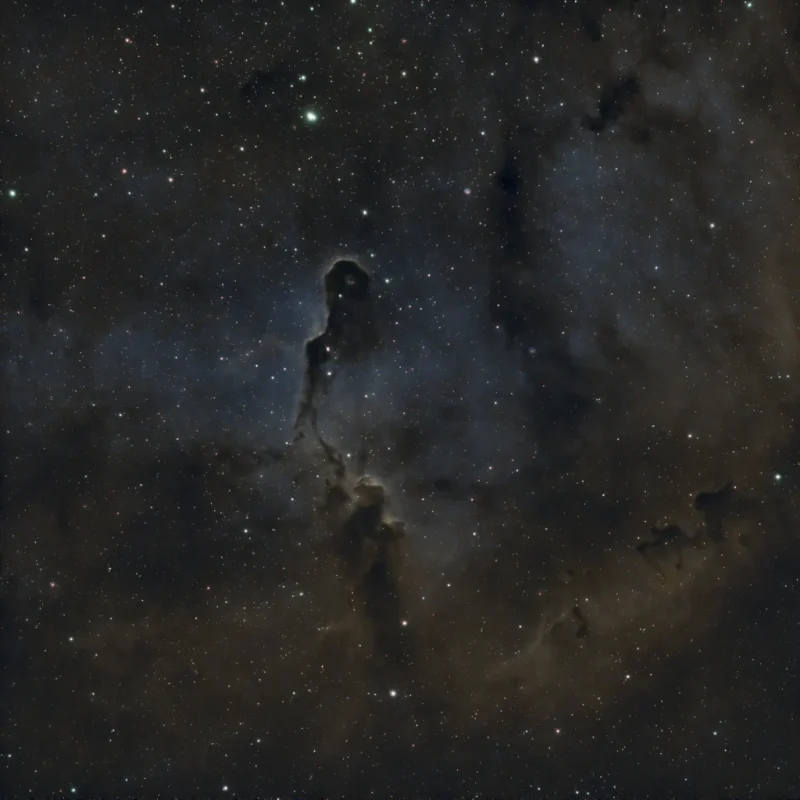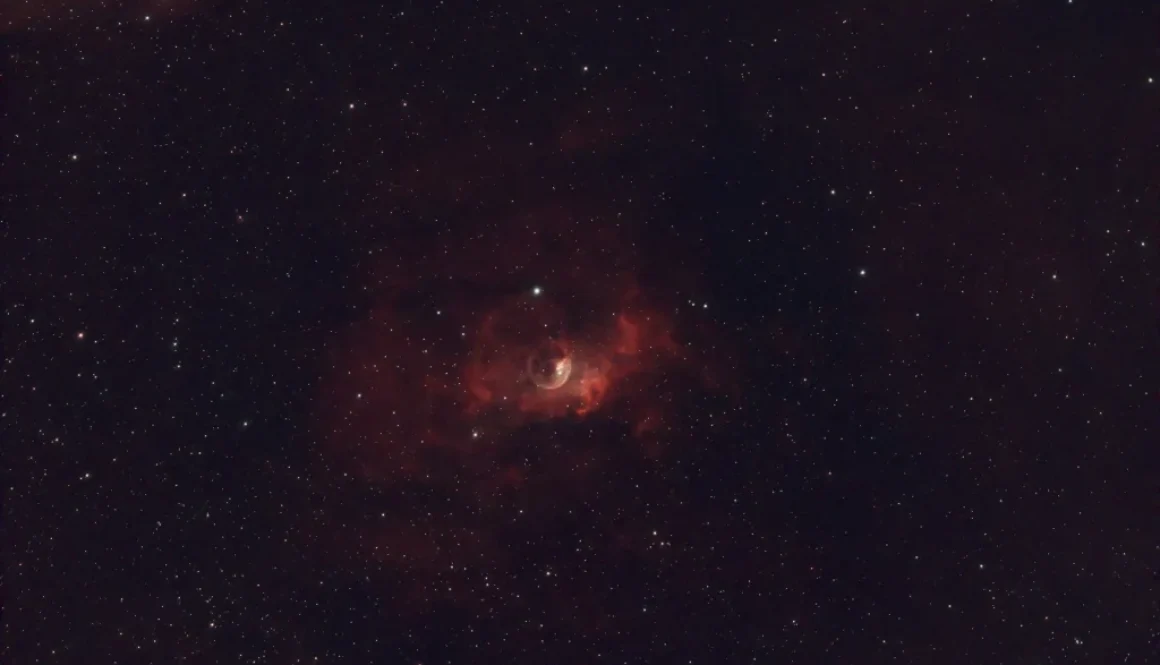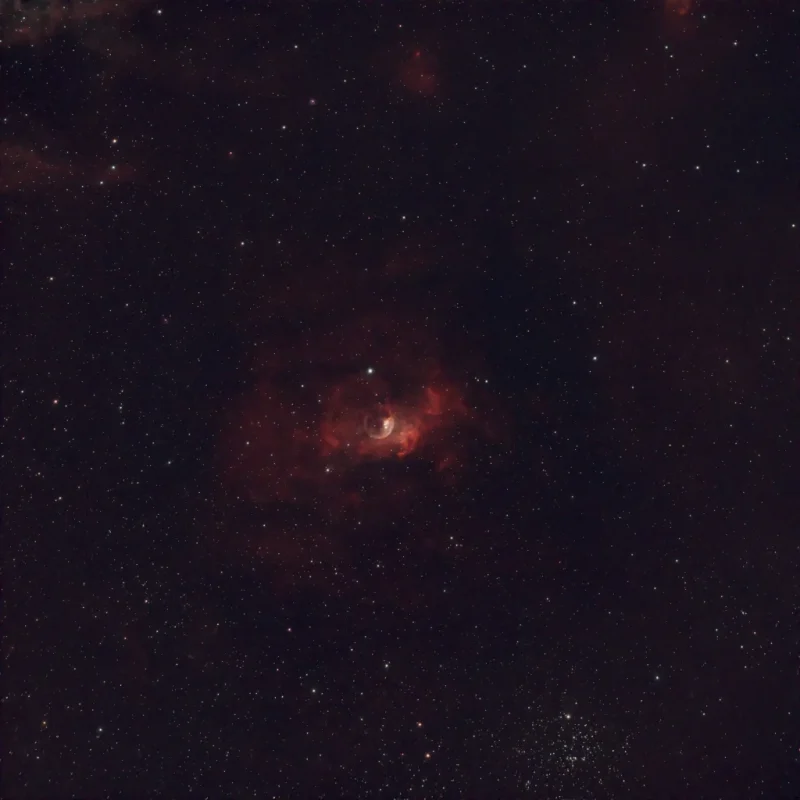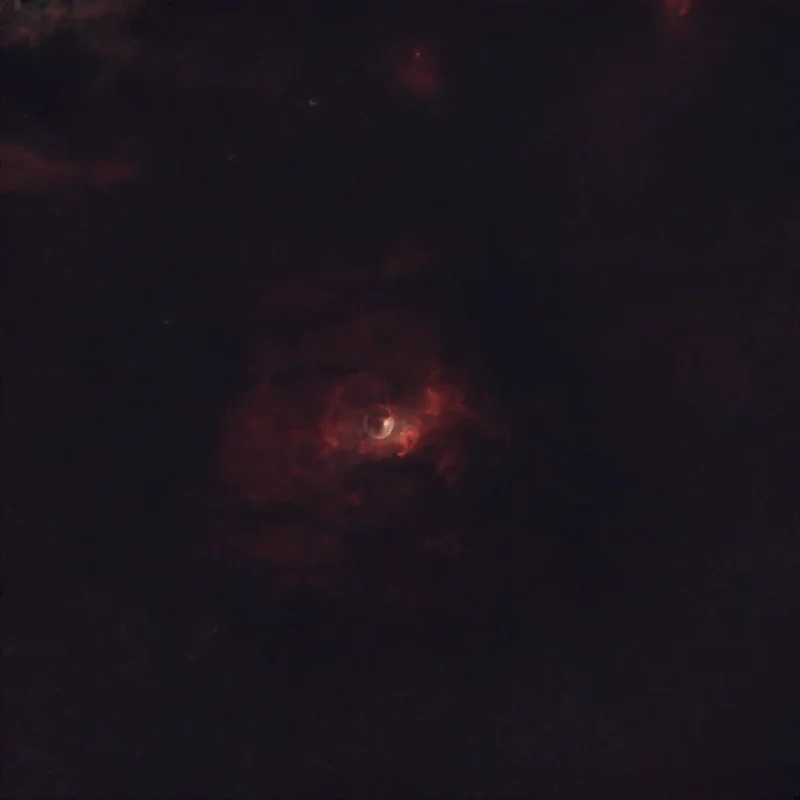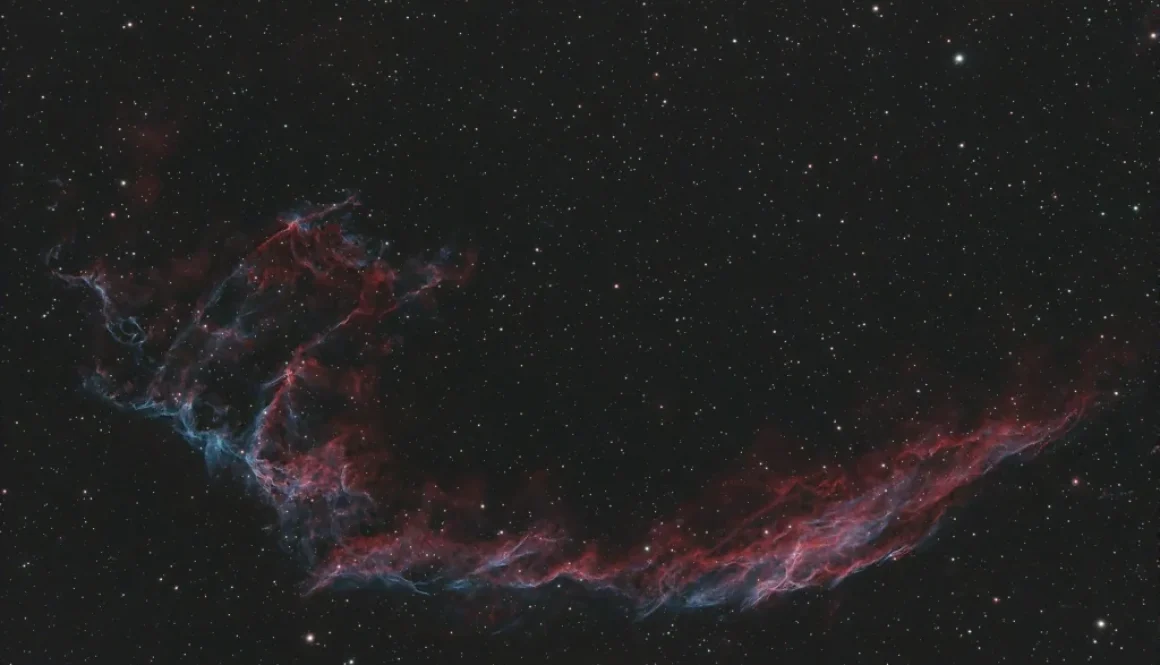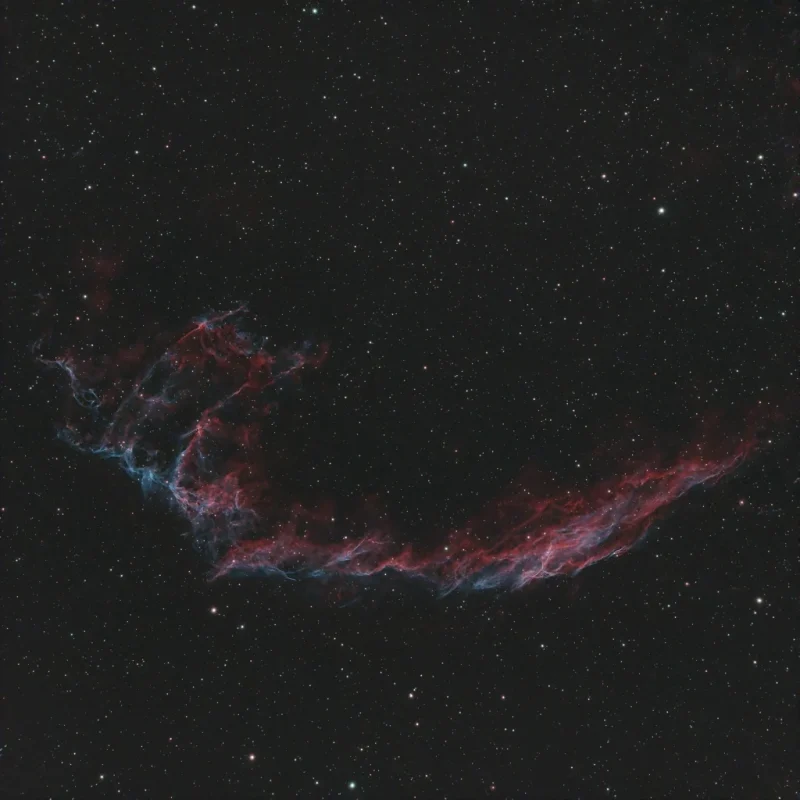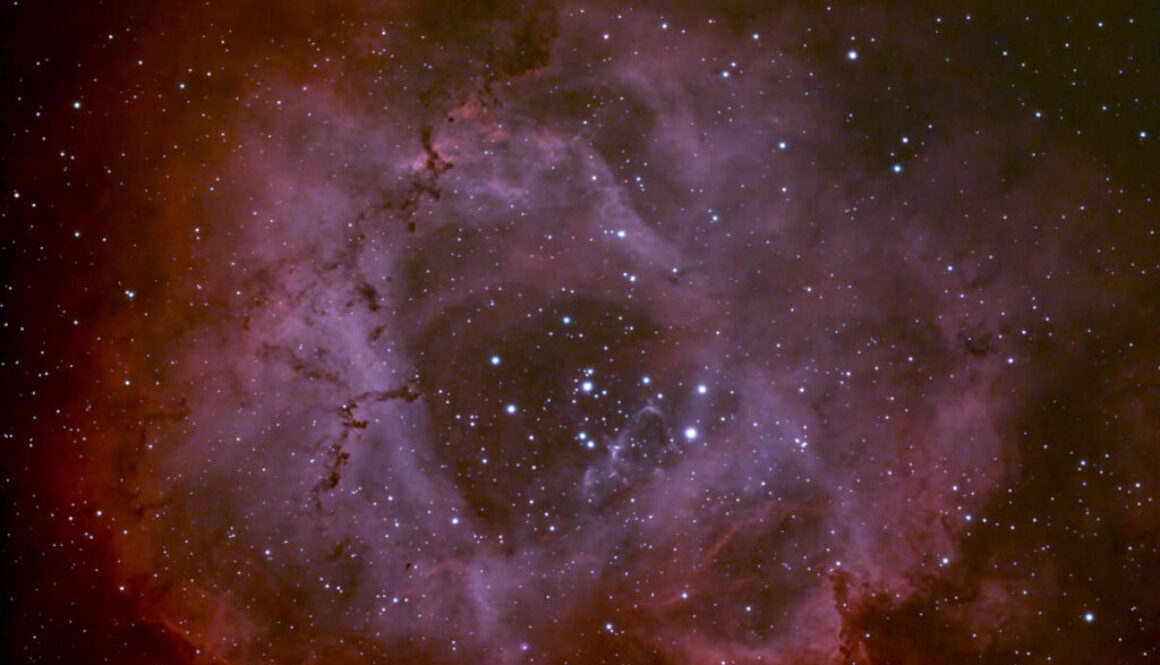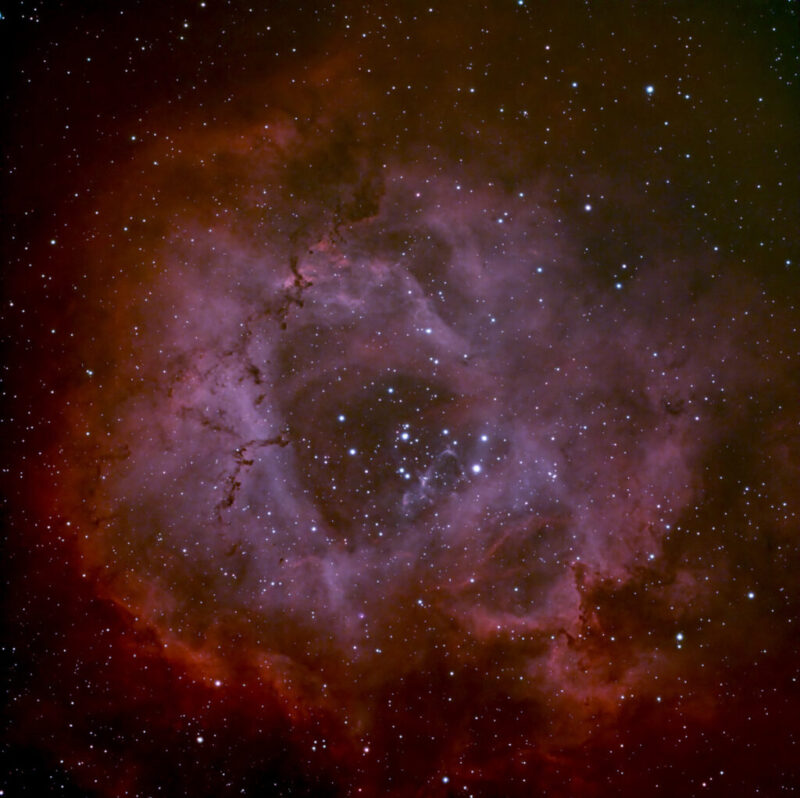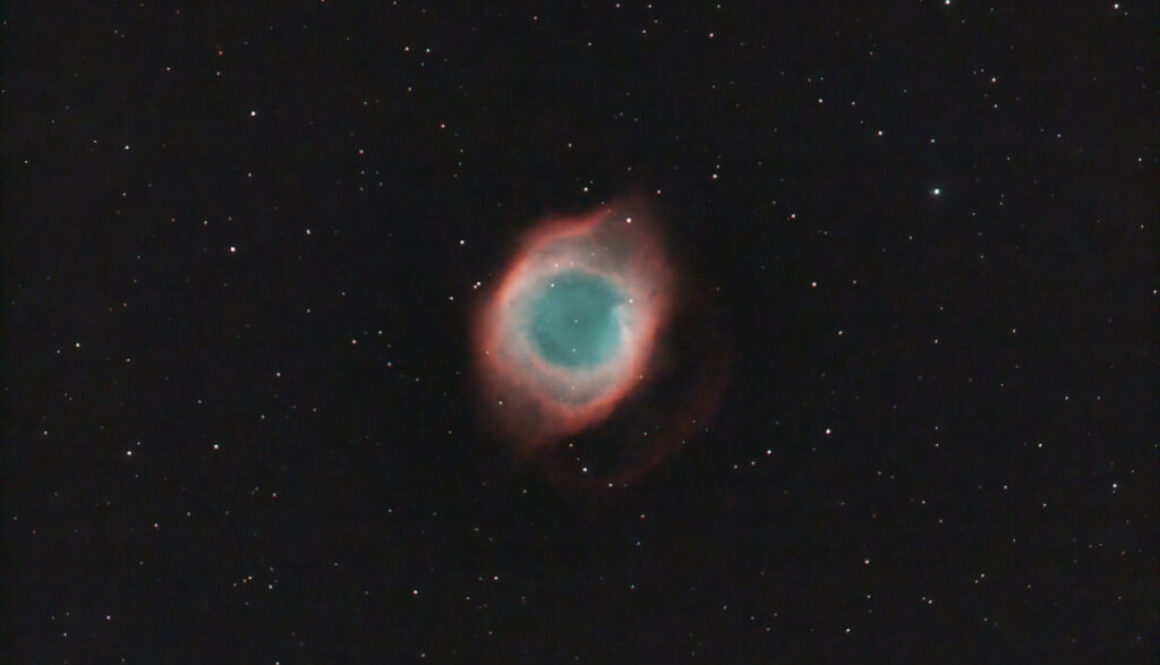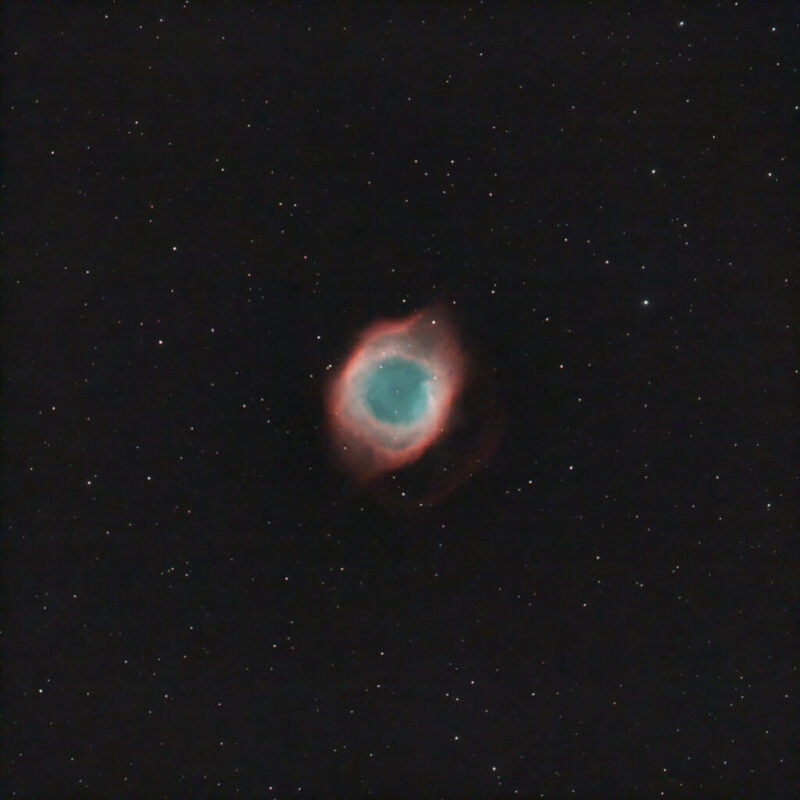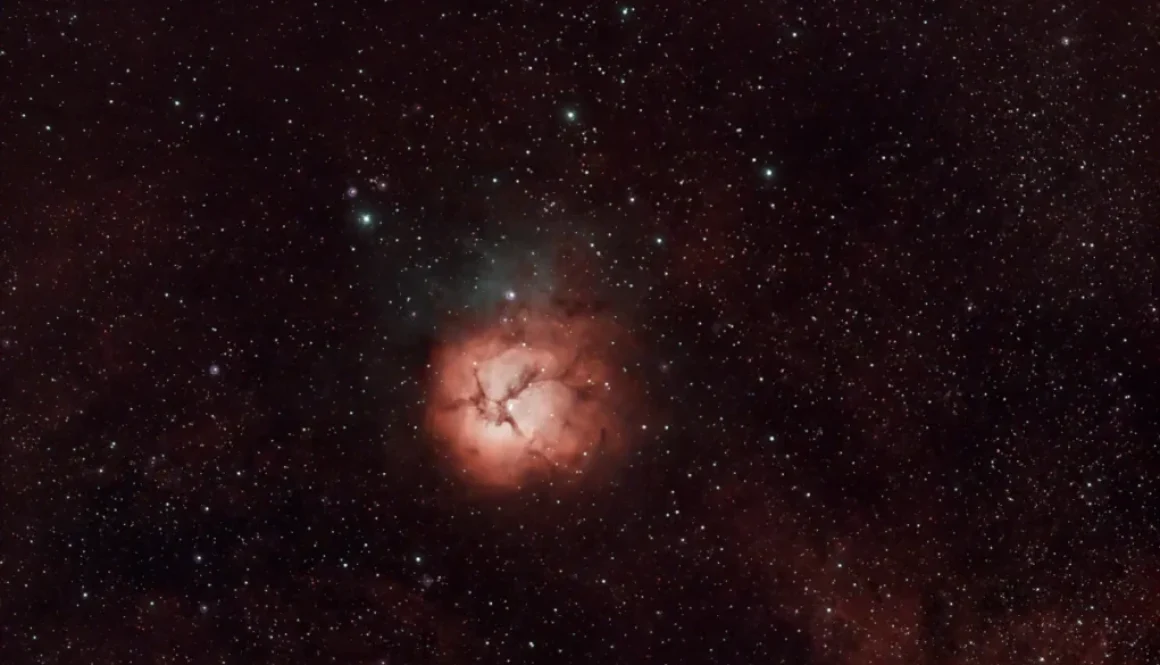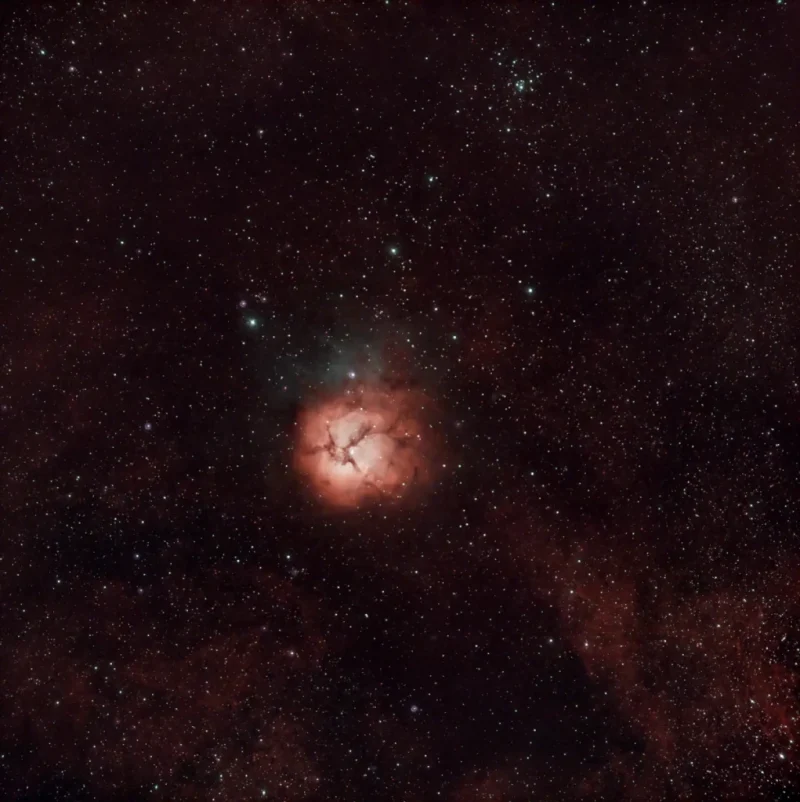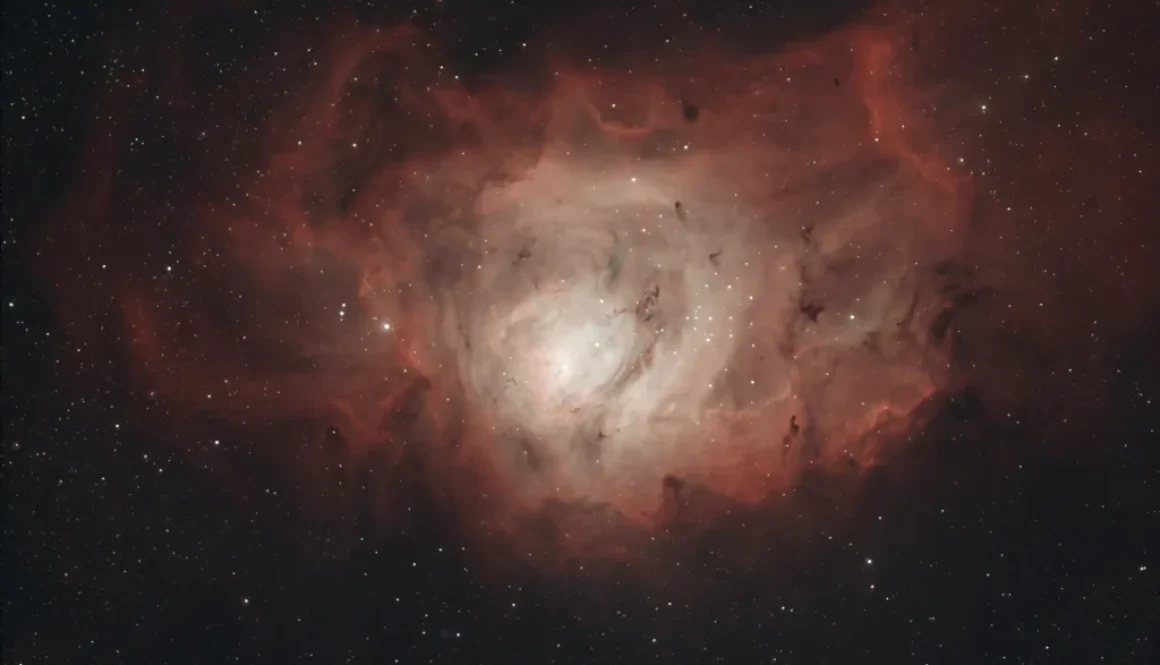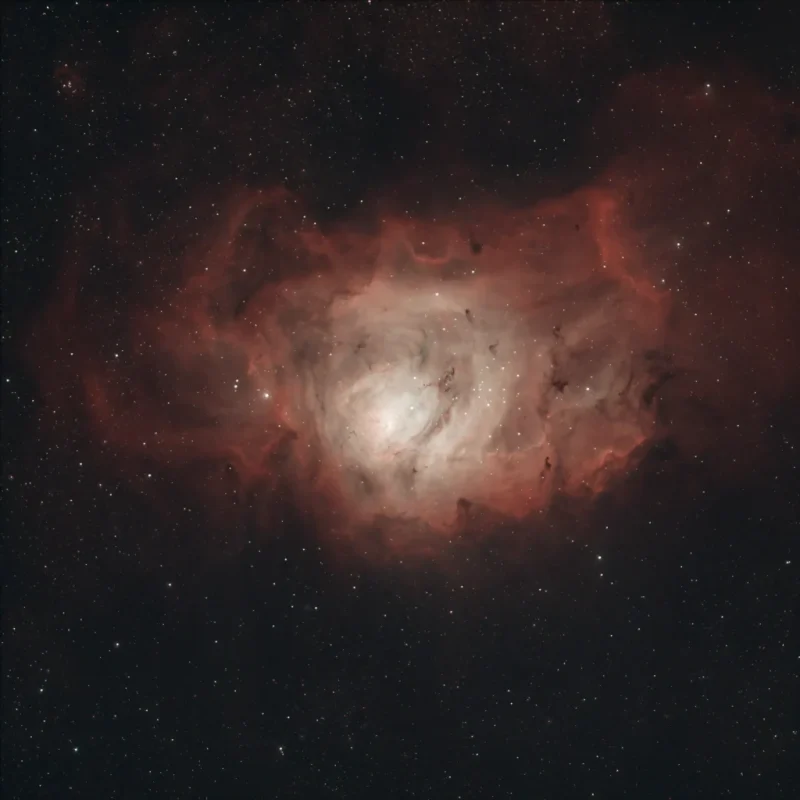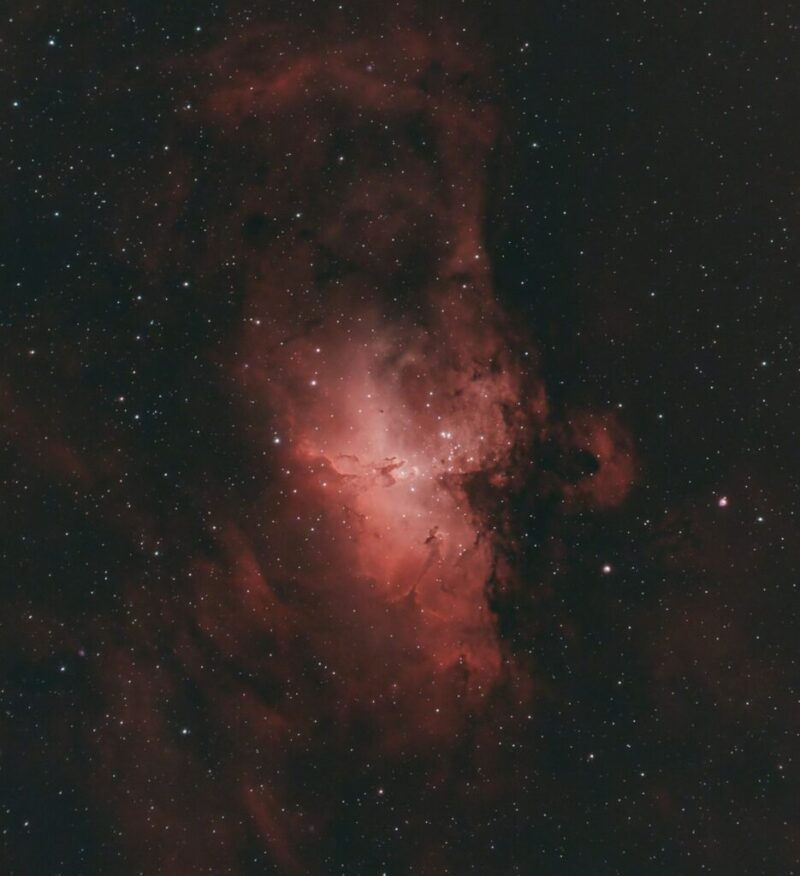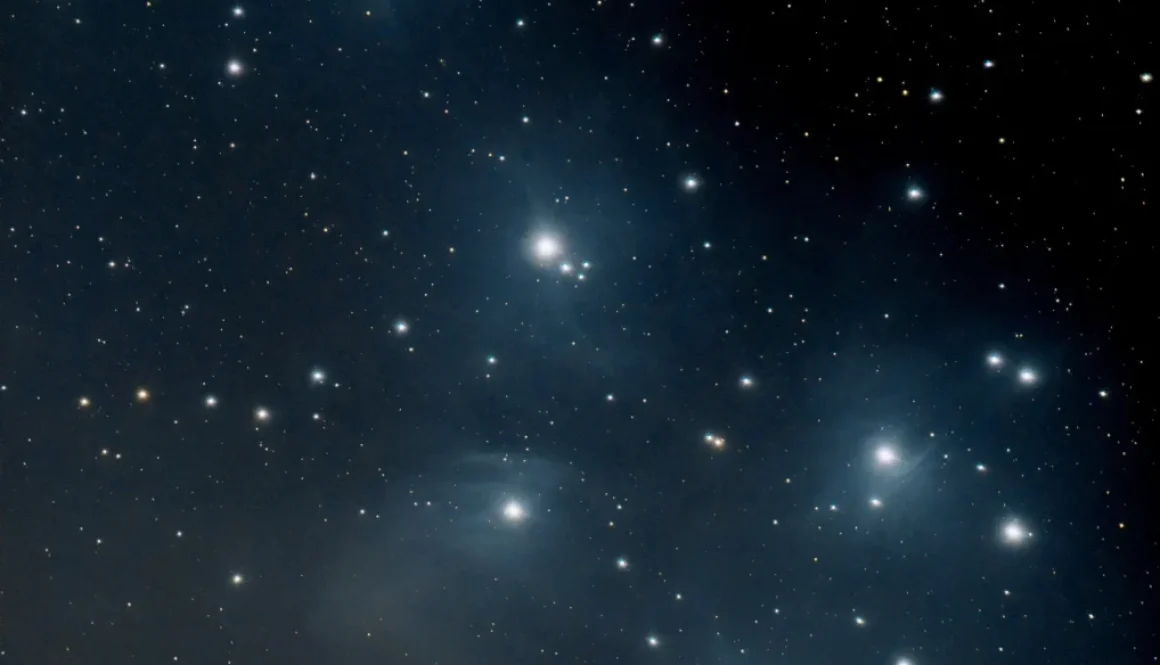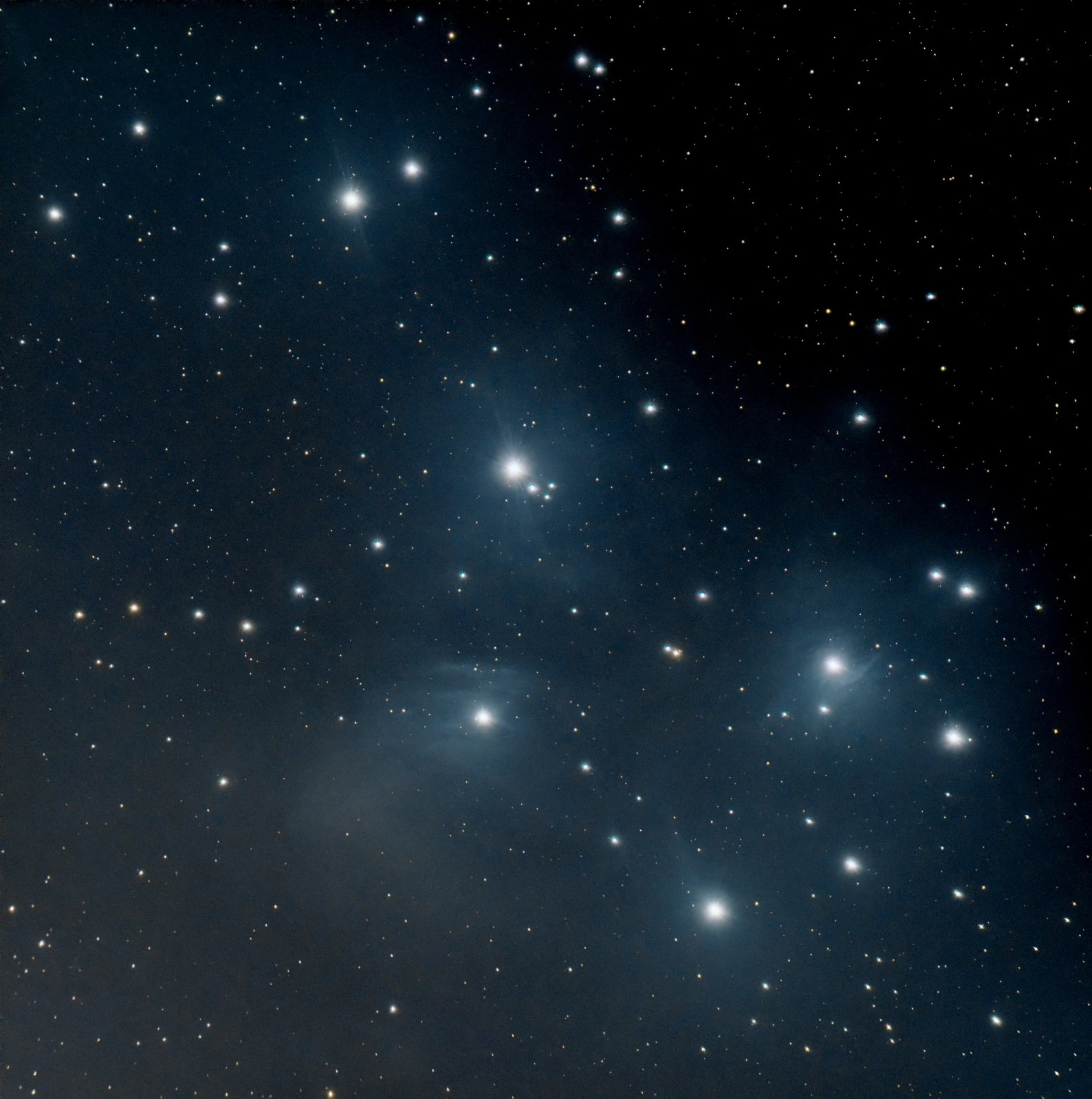A Night with the Heart and Soul: Astrophotography in Cassiopeia
A Night with the Heart and Soul: Astrophotography in Cassiopeia
As fall settles in, the constellation Cassiopeia rises high in the northern sky, bringing with it two of the most beautiful nebulae visible to astrophotographers in the Northern Hemisphere: the Heart and Soul Nebulae. On the crisp, clear night of October 21, I decided to revisit these cosmic wonders using my Rokinon 135mm lens paired with an OSC camera. The final image was nothing short of spectacular!
A Perfect Setup for Wide-Field Imaging
The Rokinon 135mm lens, when coupled with my ZWO-ASI533MC PRO camera, offers an expansive 4.8° x 4.8° field of view. This combination is ideal for capturing large-scale deep-sky objects, making it perfect for framing both the Heart and Soul Nebulae in the same field of view.
The Cosmic Heart and Soul
Located approximately 7,500 light-years away in the Perseus arm of our Milky Way, the Heart and Soul Nebulae are a pair of emission nebulae that stretch nearly 580 light-years across. The Heart Nebula, also known as IC 1805, resembles a human heart and is powered by the young, hot stars of the open cluster Melotte 15 at its core. Its companion, the Soul Nebula (IC 1848), lies just to the left, completing this celestial duo.
Ideal Conditions for Narrowband Imaging
The night’s mild temperatures and exceptionally clear skies provided optimal conditions for narrowband imaging, despite the presence of a bright Moon. This technique allows for the capture of specific wavelengths of light emitted by the nebulae, particularly the hydrogen-alpha emissions that give these objects their characteristic red glow.
As we move deeper into autumn, the Heart and Soul Nebulae become increasingly prominent targets for astrophotographers in the Northern Hemisphere. Their position in Cassiopeia makes them circumpolar for many observers, meaning they never set below the horizon and can be imaged throughout the year.
I captured 40 frames, for a total integration time of 2 hours. Below you can see the final result. As usual, if you move the slider you can switch between the image with the stars and the starless version.
Setup
Location: My backyard in Richmond Hill, ON
Scope: Rokinon 135mm at F/2.8
Mount: Celestron AVX
Guiding camera: ZWO ASI224MC, IR-Cut filter, PHD2
Guide Scope: Orion Deluxe Mini 50mm Guide Scope
Total integration time: 180 minutes (40×180 secs.)
Calibration frames: 20 dark, 10 flat, 100 bias
